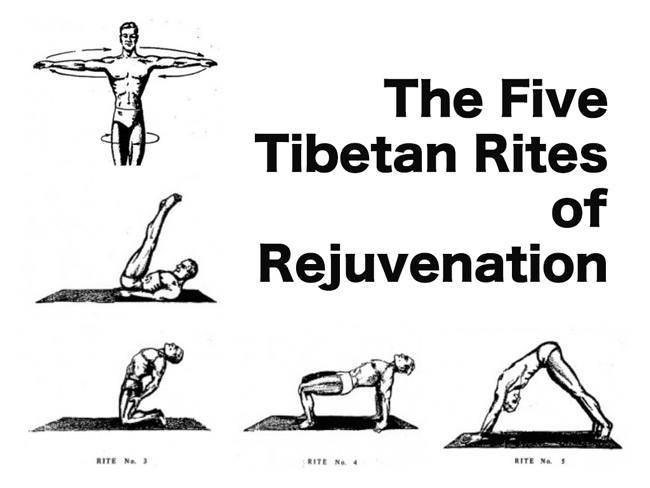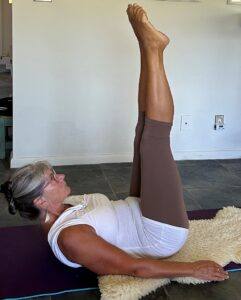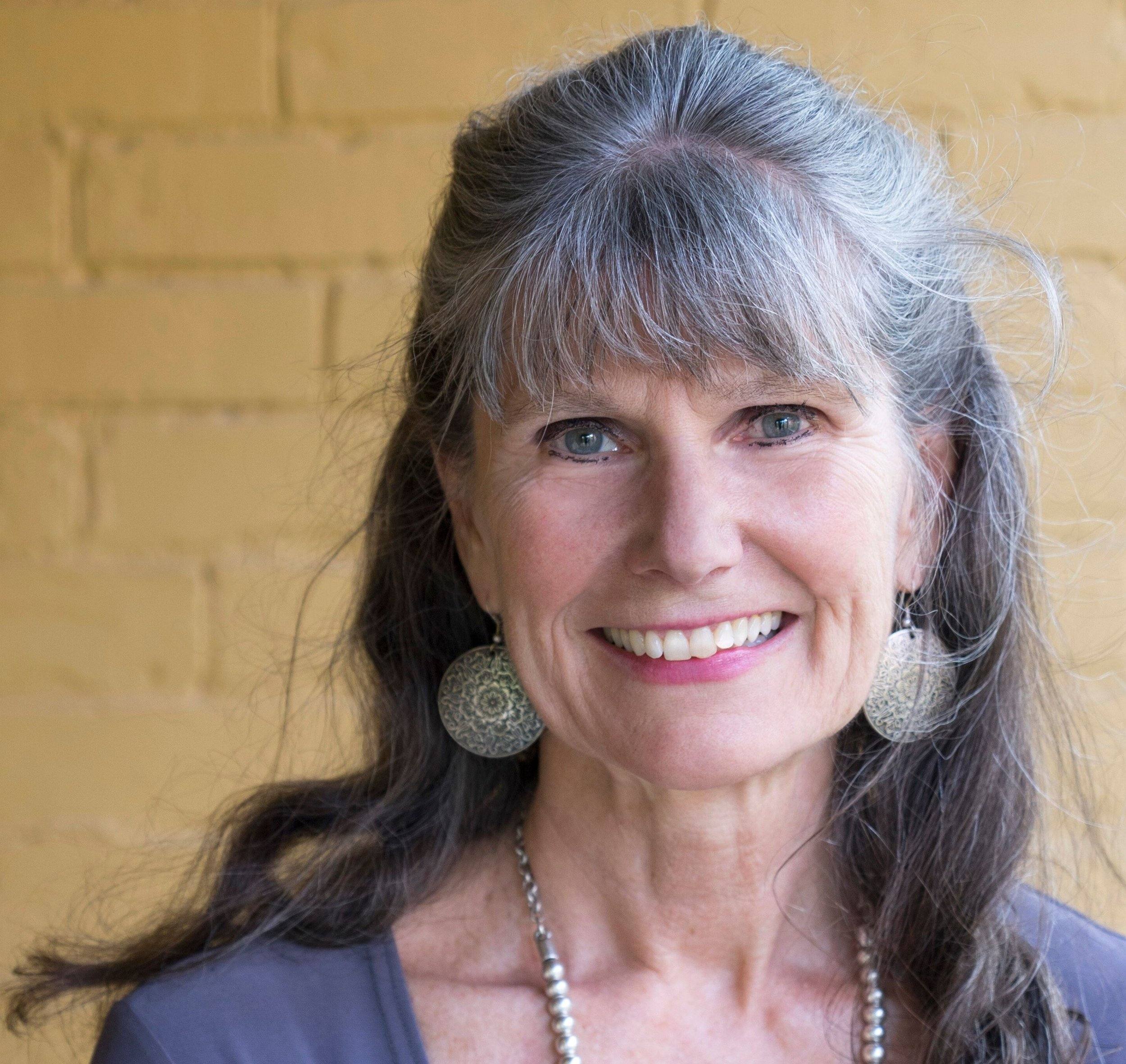“What do you find in the average middle-aged man or woman? You’re likely to see disharmony and unequal spin rates in the chakras. The slower ones would be causing parts of the body to deteriorate, while the faster ones would be causing nervousness, anxiety, and exhaustion. In short, chakras spinning either too quickly or too slowly produce ill health. From this we gather that the Five Rites coordinate, even enhance, the spinning of the seven energy centers of the human body; they help distribute pure life force energy to the endocrine glands and in turn to the body’s organs and processes. When this happens, the result is longevity and rejuvenation.” – Peter Kelder

LEARNING THE 5 TIBETAN RITES – “The Fountain of Youth”
Although the original 5 Tibetan rites lineage of these movements is unknown, it is told that they were practised in Tibet over 2500 years ago. These five movements were introduced to the West through Peter Kelder’s description of his meetings with a British Colonel who had told him about what he learned after time spent with Tibetan monks in the Himalayas in the early 1930s.
Kelder’s reiteration of the Colonel’s story is contained in a book entitled, The Eye of Revelation published originally in 1939. A second revised version of the book entitled Ancient Secret of the Fountain of Youth was released in 1985 with further updated versions published subsequently.
Like the Hindu yoga teachings that discuss the spiraling and health of the 7 energy points called chakras, this Eastern practice is also based on ensuring optimum oscillation or spinning of 7 vortexes.
According to Kelder’s book, the Tibetan vortexes include two in the brain (perhaps the same as the 6th and 7th chakras in the Hindu teachings?), one at the throat ( 5th Chakra?), one at the right side near the liver (3rd chakra? or in Qigong practice, the liver meridian?), one in the reproductive anatomy (as in 2nd chakra?) and one in each knee.
By practising the rites in their order, we stimulate the endocrine system and distribute prana or chi throughout the body. The Five Rites strengthen the arms, legs, abdominal muscles, and increase spinal flexibility.
Begin with three repetitions and add two each day until you achieve 21 repetitions of each movement.
Always respect and care for your own body and its limitations. Some of the movements may not be possible for people with neurological or circulatory issues, vertigo, or if pregnant. Each of the movements should be slow and controlled. Avoid any jerkiness. Modify for safety and comfort as necessary. Work up slowly to the 21 repetitions of each movement.
1) The Spin
Come to standing, arms outstretched, palms facing to the ground. Feet close together. Find a focal spot in front of you to fix upon with the eyes. Breathe in. Hold your head and eyes to the focal spot as long as possible as you turn clockwise to the right, keeping the arms outstretched.
Keep eyes downcast slightly as you turn. Exhale as you turn. Return eyes to the focal spot and begin the next turn. Breathe in as you spot, exhale as you turn.
Rest until dizziness stops by stretching the arms above the head, interlacing the fingers except for the index fingers, which point straight up. Take 3-5 long deep breaths focusing eyes on the chosen focal spot.

2) The J Leg Lifts
Lie flat on the floor, hands at your sides, palms flat on floor (If abdominal muscles and lower back are weak, support the lower back by putting your hands, palms down under the bottom part of the buttocks for support.)
Breathe in and raise the head and the legs into a J position. Keep the legs as straight as possible. Legs may extend slightly beyond the midriff or remain in 90-degree position. Exhale releasing the head and legs down slowly. Inhale to lift the head and legs for the next cycle. Exhale to release.
(Suggested alternatives until abdominal muscles strengthen – (a) lift legs to 90 degrees. Lift head and open the legs to a V, dropping head back to floor as close legs back together or (b) lift the legs but allowing the knees to bend until abdominals strengthen and the legs can straighten. If neck spine has been injured or has little mobility, the head can stay on the floor rather than lifting in tandem with the legs)
Come to rest in supine or corpse pose. Inhale and exhale slowly three times. Gently turn the head from side to side, inhaling left, exhaling right for a few repetitions until you fell your neck relaxing. Bring the knees to the chest, rock from side to side and then roll along the length of the spine three or four times to come to a sitting position. Sit in easy pose with head dropped gently towards chest and breathe deeply three times.
3) Dynamic Camel
Come to rest upright on your knees with spine elongated, eyes focused in front, hands resting gently on side or back of the thighs. Begin by dropping the head towards the chest, exhaling completely. Inhale while leaning back and very gently dropping the head back, opening the throat and chest areas. Lean back as far as possible without straining the lower back.
Exhale forward, dropping head onto the chest and repeat. Inhale back, exhale forward with each repetition. To rest drop your buttocks and lean forward into child’s pose and breathe deeply for at least three long breaths.
4) Moving Tabletop or Bridge
Sit on the floor, lengthening the spine with legs extended as in an L- shape, feet flexed. Arms are at the sides with palms on floor at the hips, fingertips pointing forward. Inhale and gently swing the hips and buttocks up towards the ceiling to form a tabletop, (parallel line from shoulders to the knees, feet underneath the knees head may be very slightly extended back to release strain on neck muscles.
Hold the position and the breath for 2-3 counts. (Applying a yoga root lock in the tabletop position will be helpful for support) Then exhale and gently swing back to original sitting position, dropping the chin lightly onto the chest. Heels, palms, and arms stay stationary.
(Suggested alternative if arms are not strong enough to hold the tabletop position – begin with pelvic lifts, keeping shoulders and head on the floor)
To rest, maintain the L- shape, inhale and lift the arms above the head, flexing from the hip joint to reach out and extend arms along the legs, to grasp the big toes and hold and take at least three long deep breaths. Drop the head gently and extend the body over the legs without curving the spine or collapsing the chest. (as in kundalini yoga – the life nerve stretch)
5) Downward/Upward Dog
Come onto hands and knees, with hands directly underneath the shoulders and knees directly underneath the hip joints. Tuck or curl toes under and lift the pelvis up by stretching the legs forming an upside-down V. (Triangle pose or downward dog) Lengthen through the lower back and back of the legs.
Distribute weight evenly on hands and toes. Then shift weight to drop the torso, curving the lower spine but without allowing body to fully touch the floor, inhaling into an upward dog by lifting the chest and head to look up and forward. Drop head and exhale back into downward dog position and repeat.
Come out of the fifth rite by walking the hands and feet together and roll up vertebra by vertebra to a standing position with the head on chest like a headless torso. Loosen the shoulders and gently allow the head to release up like a light balloon. Breathe deeply for several seconds, focusing eyes forward, keeping the jaw relaxed. Swing arms gently from side to side if needed to loosen lower spine of any tension.
Unlocking the Ageless Potential with the 5 Tibetan Rites
In conclusion, the 5 Tibetan Rites of Rejuvenation offer a profound journey towards vitality, balance, and holistic well-being. These ancient practices have stood the test of time, and their transformative power continues to inspire individuals on their path to a more vibrant life. By incorporating these rites into your daily routine, you embark on a remarkable journey of self-discovery and renewal. Embrace the ageless potential that lies within you, and let the 5 Tibetan Rites guide you towards a healthier, more balanced, and rejuvenated self. Your journey to vitality starts here.
